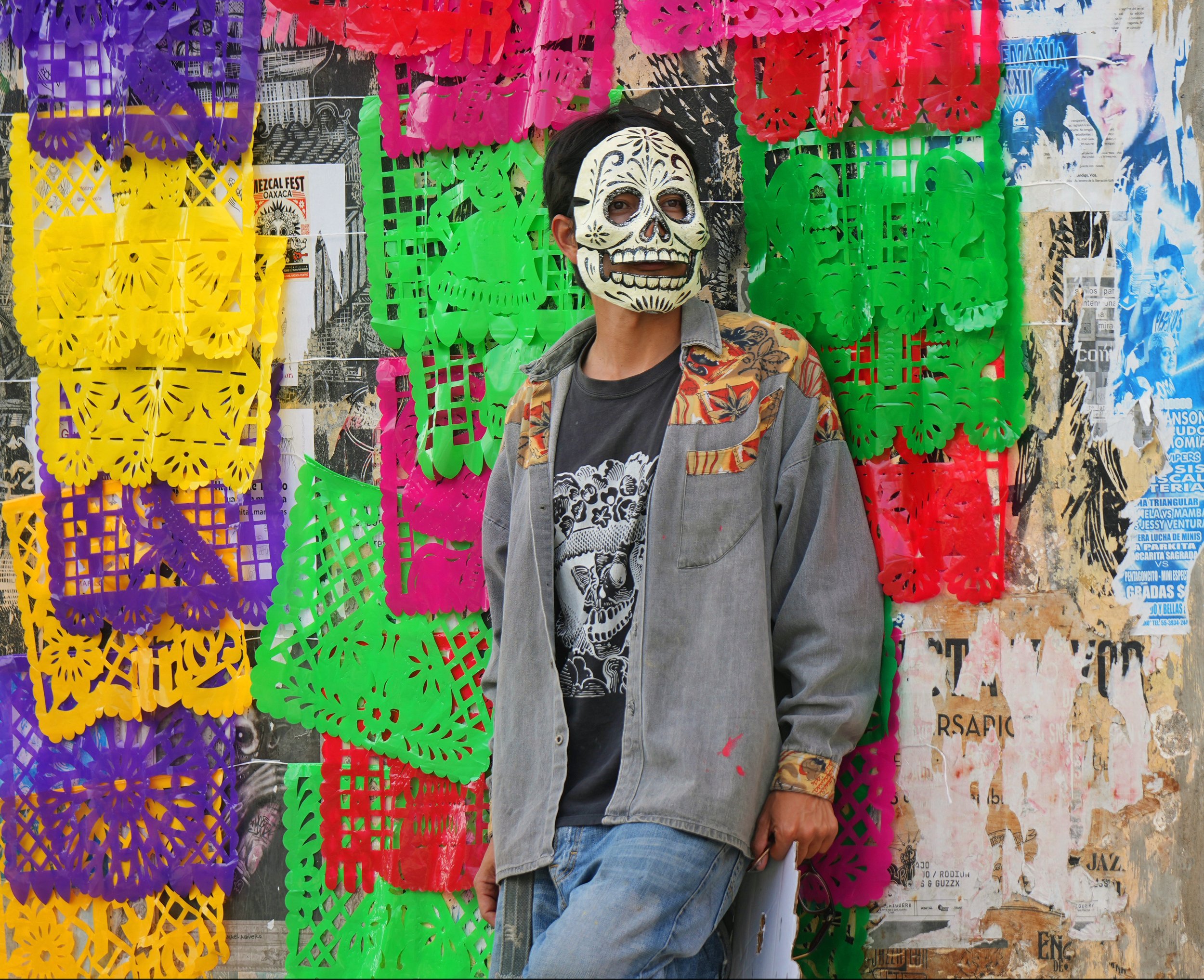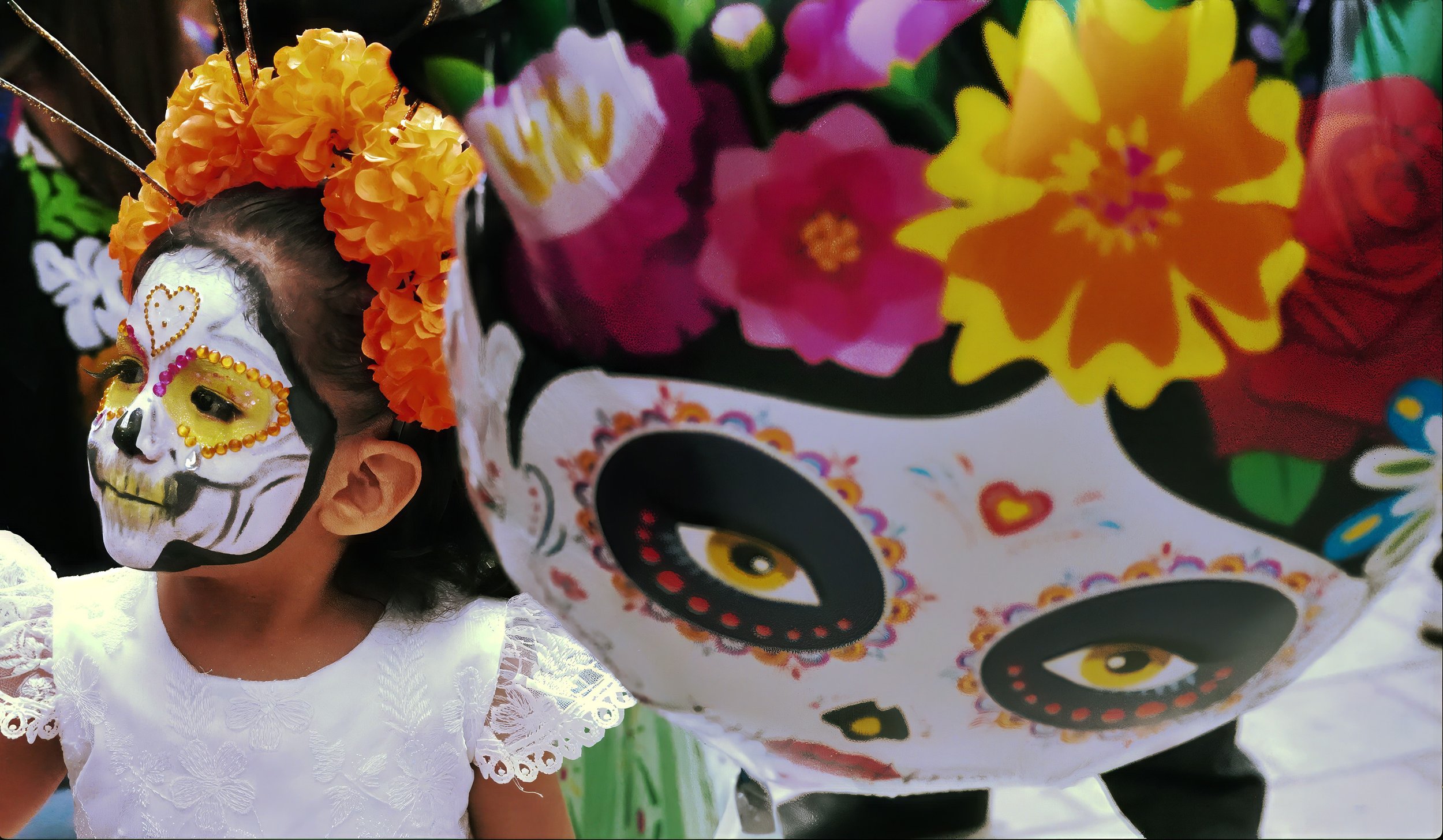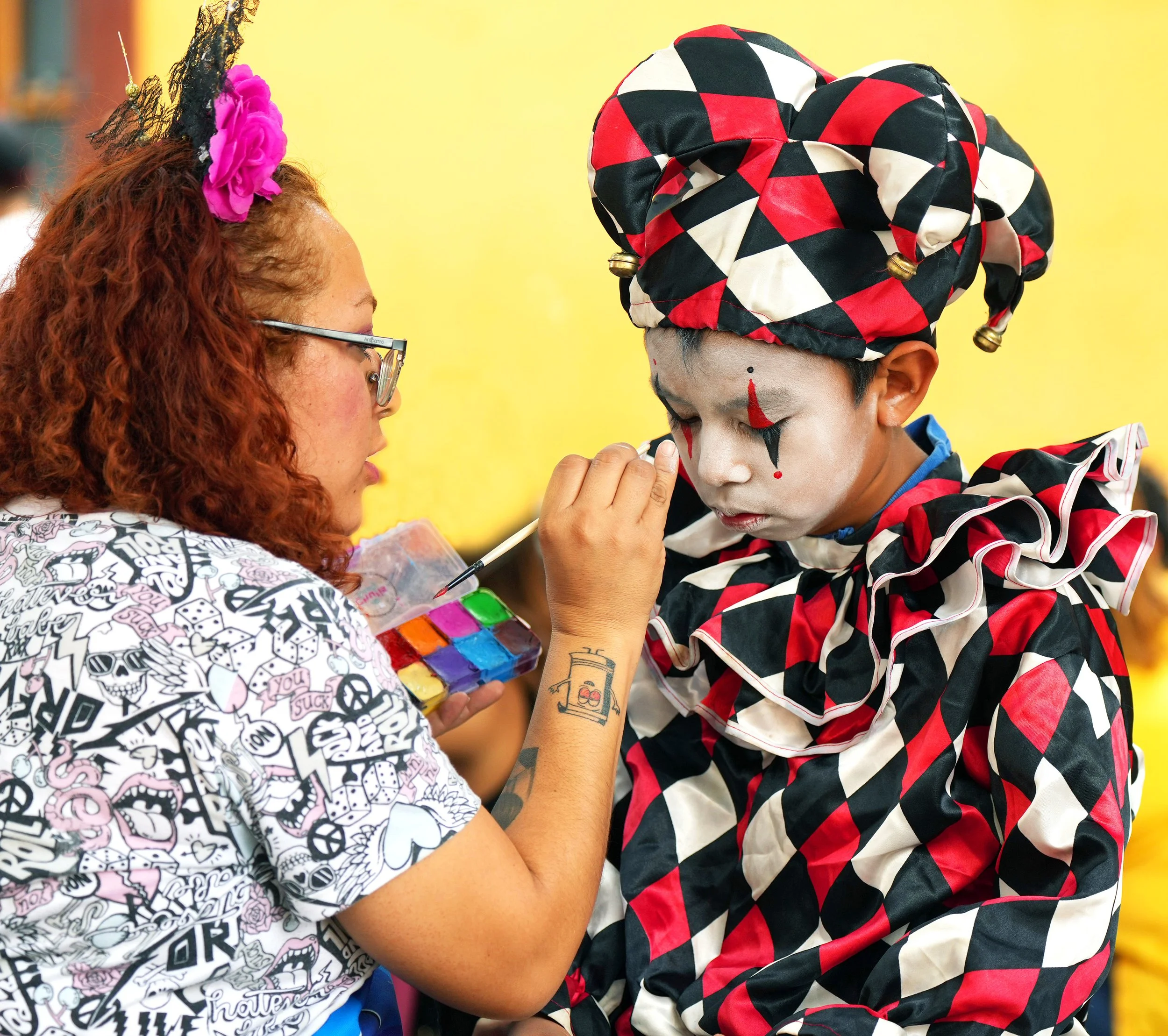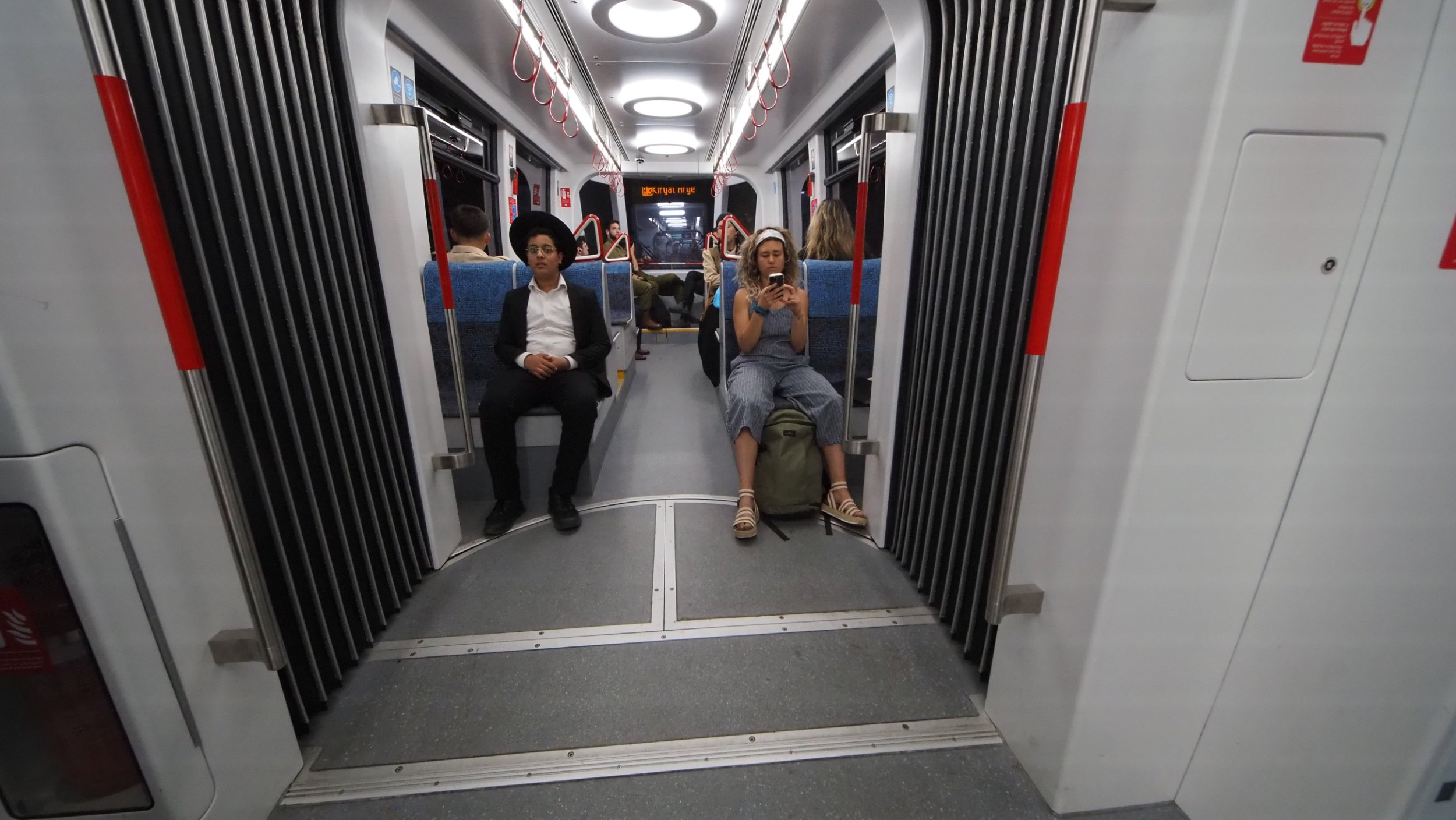Día de los Muertos - Oaxaca, Mexico, by Martin & Georgine Ingber and Audrey Tiernan
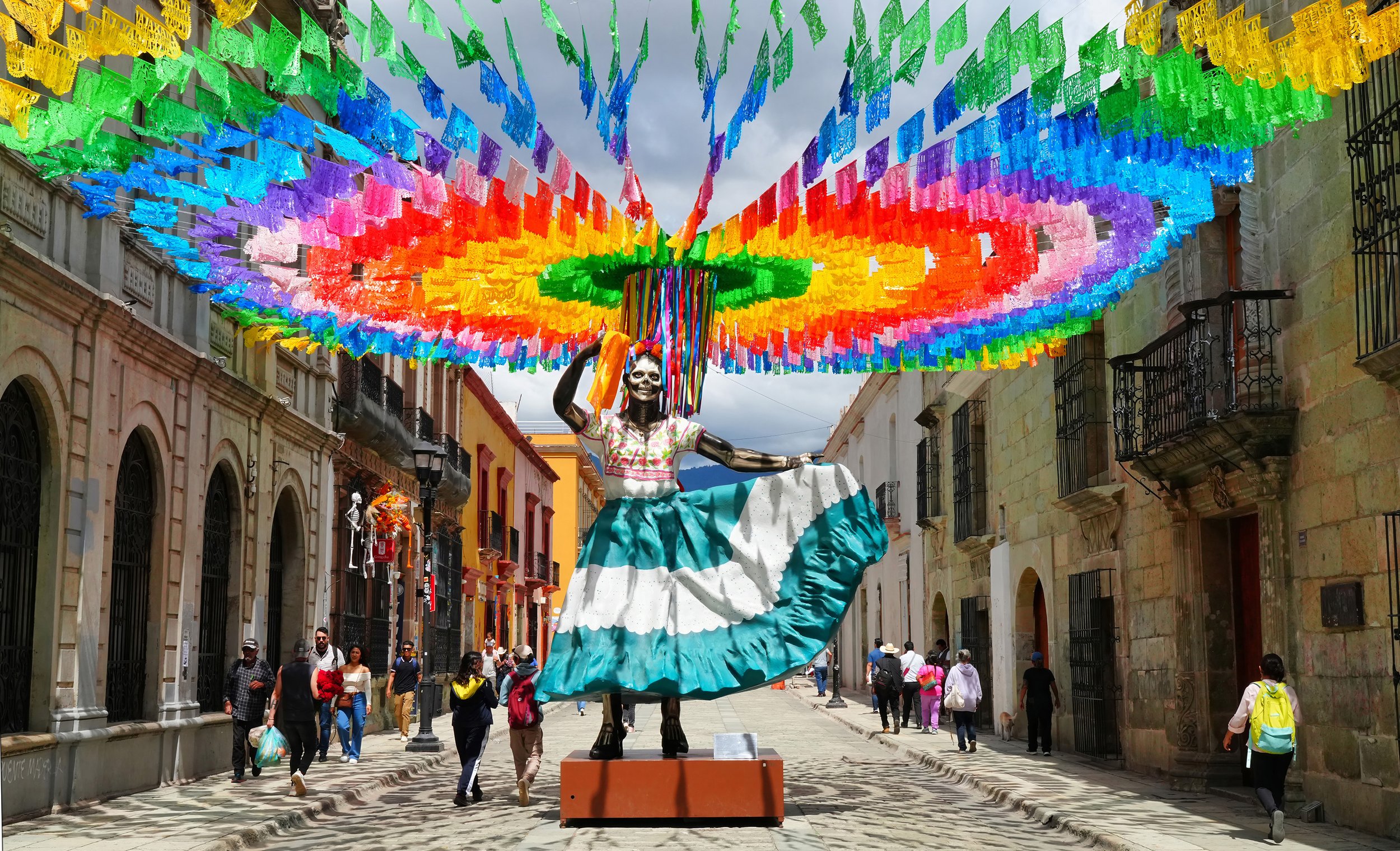
Audrey Tiernan
The legendary and fascinating Mexican festival of el Día de los Muertos has roots that extend back at least to the Aztec Empire. Since the conquest of Mexico by the Spanish more than five centuries ago, ancient Aztec traditions have become combined with Catholic observances of All Saints Day and All Soul’s Day, to create the customs of remembrance and celebration of the departed that we know today as the Day of the Dead.
It is said that for three days beginning at the end of October, the veil between the realms of the living and the dead diminishes; and the Aztec goddess Mictecacihuatl grants souls the opportunity to travel back to earth, to commune with their loved ones.
This family centered holiday is celebrated in many ways. Altars are prepared and adorned with ofrendas (offerings) such as photos of the dead, candles, decorative sugar skulls, favorite foods, and Mezcal. Wafts of copal (incense) permeate the air; and thousands of brilliant cempasuchil, the Aztec name for marigolds, are harvested and used for decoration. Cemeteries and gravesites are lovingly adorned, and there family members gather, often staying for the night. It might seem odd to encounter a dark, candlelit cemetery crowded with old and young, many picnicking at a graveside while lively, loud music plays through the evening; but Día de los Muertos is more an occasion of warmth and remembrance than a time of sadness or mourning.
On the streets, the ancient Zocalo (town square) bustles with activity, as Oaxacans are joined by visitors from near and far. Vendors offer elaborate hair ornaments woven from fresh flowers; faces are painted, and participants don colorful and creative costumes. Processions of celebrants dressed as living muertos (skeletons), elegant figures of La Catrina, and traditionally clad indigenous peoples such as Zapotec, Mixtec, Nahua and more make their way through the cobblestone streets, carrying banners and throwing candy to spectators. Marching bands sound their horns, drums beat, fire dancers dazzle onlookers, and stiltwalkers, called Zancudos because their stilts resemble mosquito legs, tower above the excited crowds.
Día de los Muertos is dedicated to the loving memory of those who have gone before us; but it is also a celebration of life.
Our small, intrepid group of explorers traveled to Oaxaca (nearly 3,000 miles from home) in order to experience a relatively traditional Día de los Muertos celebration …and, hopefully, to capture a sampling of that experience on camera. Of course, while a Muertos event in 2024 could never replicate the holiday’s origins in a long-ago, pre-Hispanic world, it is nevertheless fascinating to see and feel the traces of those ancient roots that still remain, in defiance of time …much like the ghosts that are believed to travel back to reunite with us at this auspicious time of year.
Martin Ingber
Martin Ingber
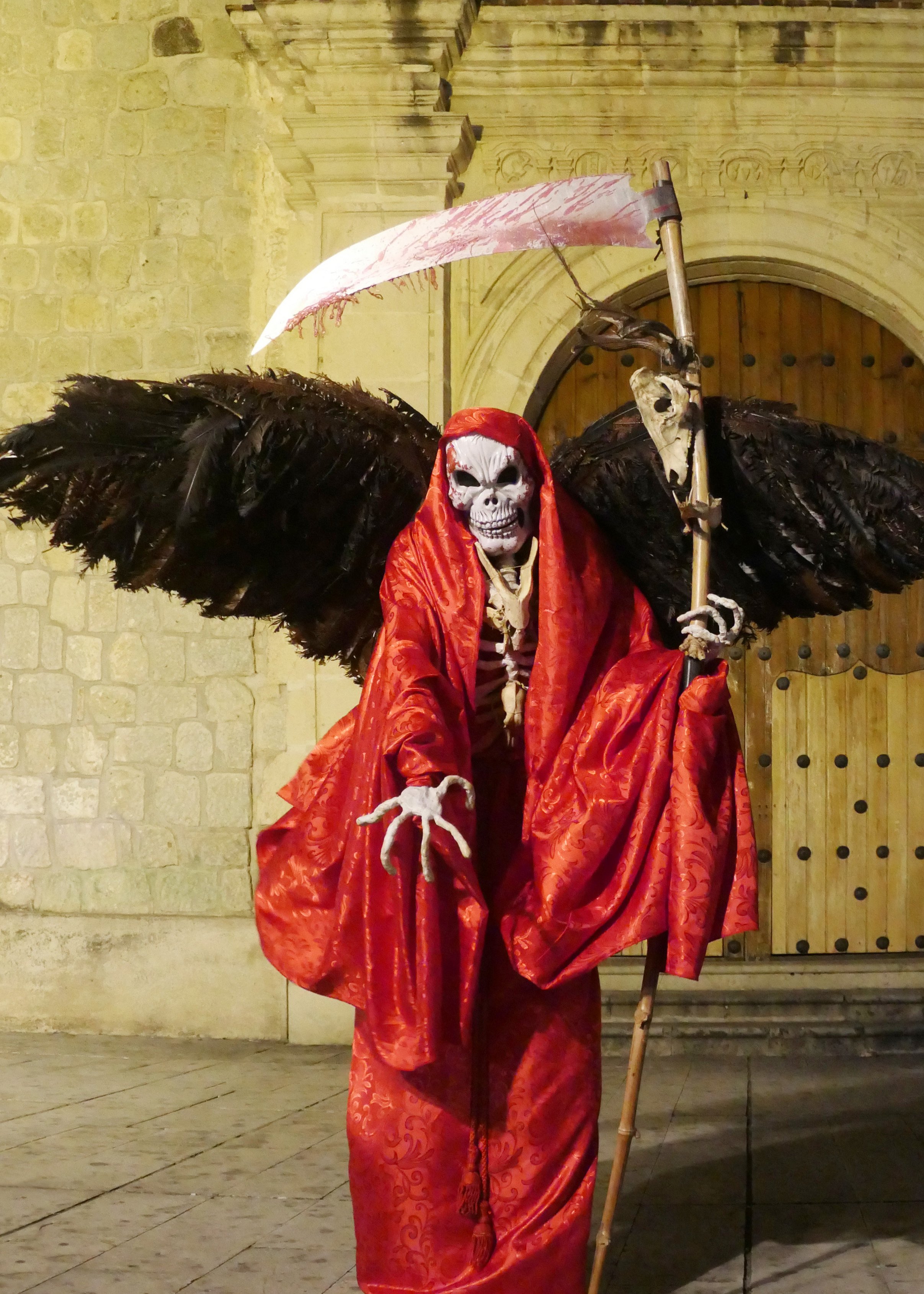
Georgine Ingber
Audrey Tiernan
